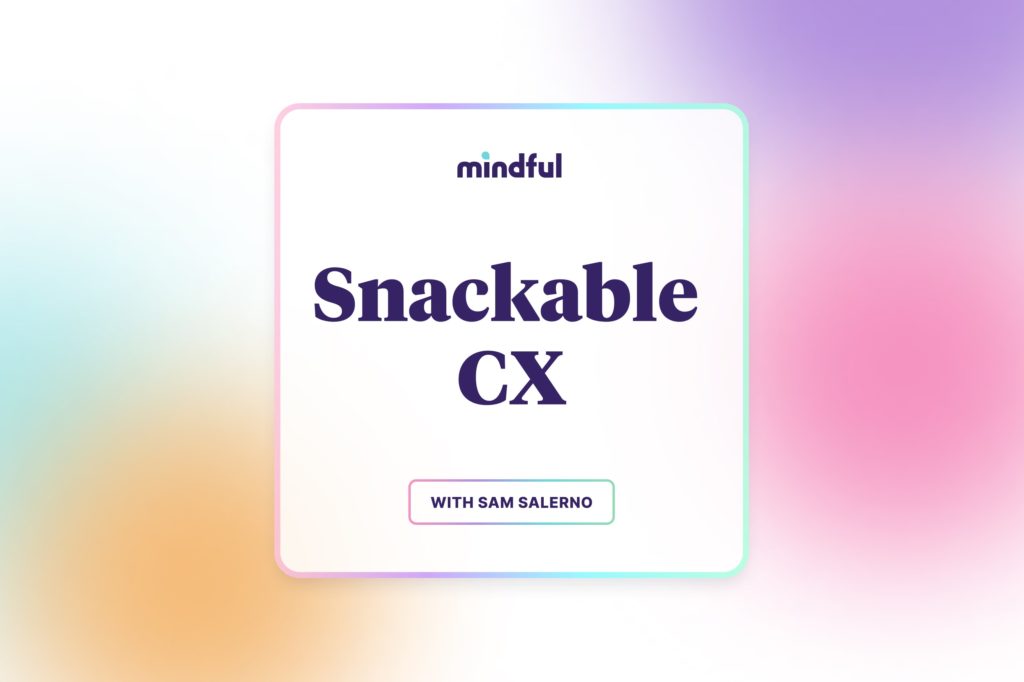Episode details
Today we’re looking at First Contact Resolution, Average Handle Time, Abandon Rate, and Customer Satisfaction. Why these four? Because, while there are tons of very important contact center metrics you could be keeping an eye on, these four metrics shift the focus from measuring operational efficiency to creating better customer experiences.
Don’t get me wrong, those aren’t mutually exclusive. But in a crowded, hyper competitive market — one where 88% of consumers say their experience with a brand is just as important as the product or service they buy — a customer’s experience with a contact center can literally spell the difference between business success and business failure.
This episode was adapted from the article, “How to Evaluate the Effectiveness of Your Call Center and Improve Performance.”
Still hungry?
Subscribe on Apple Podcasts or Spotify to get fresh episodes each week.




